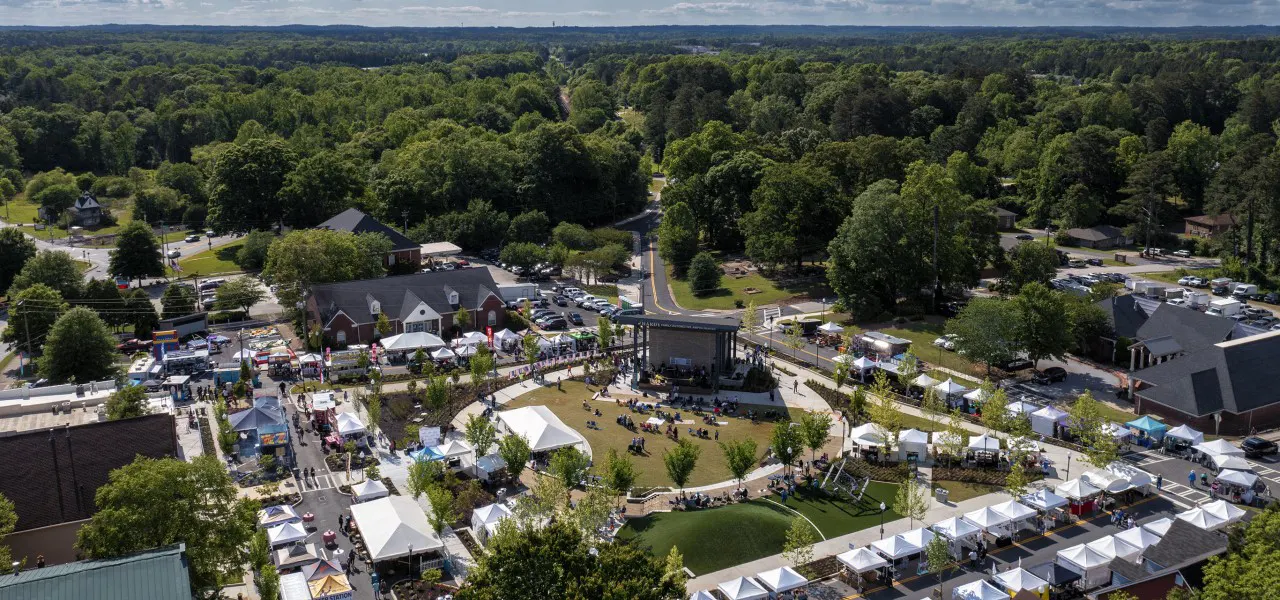The process of restoration is environment friendly. Moreover, it is an ultimate way of recycling that helps save the energy spent on manufacturing and transporting construction materials. Other than this, it helps preserve the equity invested in the structure in the form of energy, labour, time, cost, and emotions.
There are three possible levels of restoration that can be applied to a building, depending upon its historical significance. These include:
Preservation: This is the type of restoration that is carried out with minimal intervention. To put it straight, it is simply the case of preserving the structure in its original form, sans any new addition to its basic components.
Rehabilitation: This is quite similar to preservation. The process focuses on retaining the historic character of the structure, though with a little alteration to prevent the building from deteriorating further.
Reconstruction: This can be quite controversial, especially with respect to heritage buildings, as it allows specific parts of the building to be recreated using modern technology and new-age materials.
The choice of treatment for restoration depends on multiple factors. These include historical significance of the property, present condition, intended use, and the mandated code requirements.


